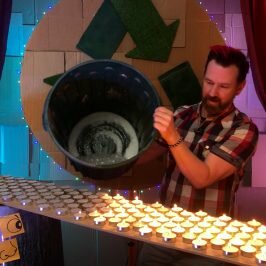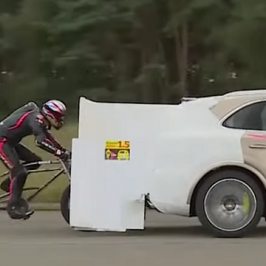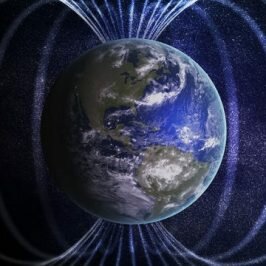Topics:
Earth and Space Sciences – The Solar System
Physical Sciences – Forces
Additional: Careers, Technology.
Concepts (South Australia):
Earth and Space Sciences – Earth in Space
Physical Sciences – Forces and Motion
Years: 7, 10, 11, 12
The internet of thoughts is coming | Cosmos
Space tourism – a launch Australia can’t afford to miss – Australia’s Science Channel
The little-known native foods about to change the world – Australia’s Science Channel
From 3D printing to bioplastic, seaweed just keeps on giving – Australia’s Science Channel
Corals can’t adjust to acidic oceans – Australia’s Science Channel
Scientists closing in on deadly frog fungus – Australia’s Science Channel
Using nets and turtle eggs to take maths outside the classroom – Australia’s Science Channel
Robots will need to understand why they’re doing work – Australia’s Science Channel
This Australian invention could fix our recycling crisis – Australia’s Science Channel
Why India’s moon mission should be classed a success – Australia’s Science Channel
Why India’s moon mission should be classed a success – Australia’s Science Channel
The rocks below a famous crater | Cosmos
 Can you know too much about yourself? | Cosmos
Can you know too much about yourself? | Cosmos
 Chernobyl is now a hugely important wildlife refuge | Cosmos
Chernobyl is now a hugely important wildlife refuge | Cosmos
For Antarctic food webs, penguin poo is the gift that keeps | Cosmos
Word Count: 772
While India’s Chandrayaan-2 mission didn’t go exactly to plan, there is still a lot to gain from the mission. This article could be used with students studying Physical or Earth and Space Sciences in year 7 and 10. It would provide a good opportunity to discuss Australia’s future in space exploration as well as the positives of failure.
Login or Sign up for FREE to download a copy of the full teacher resource



